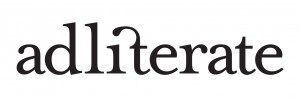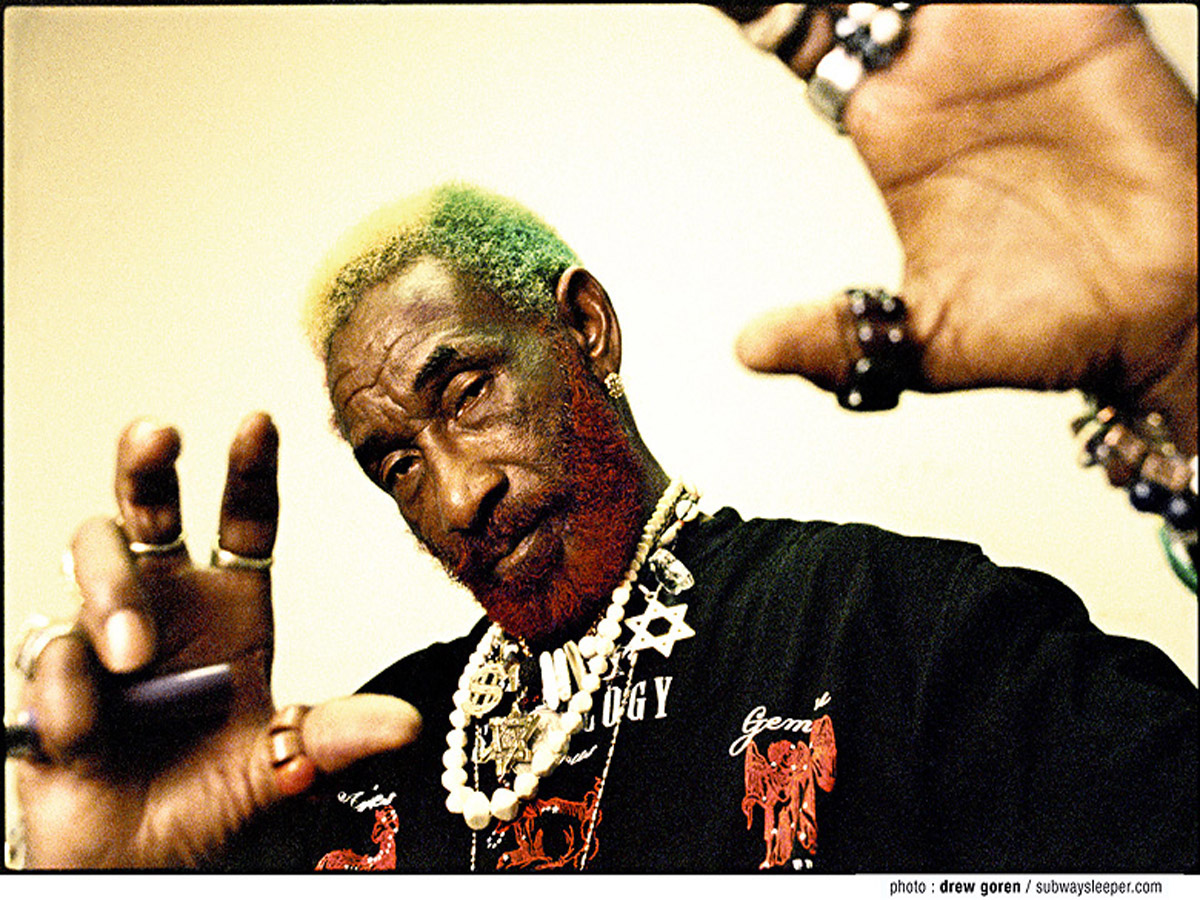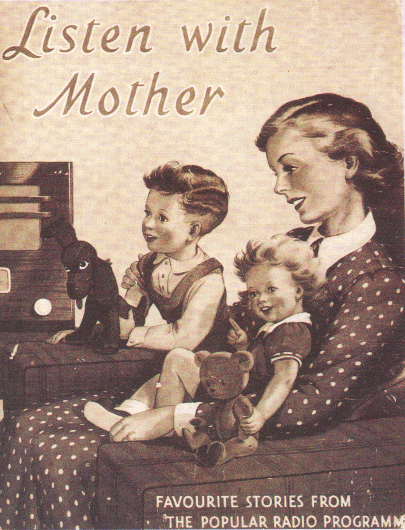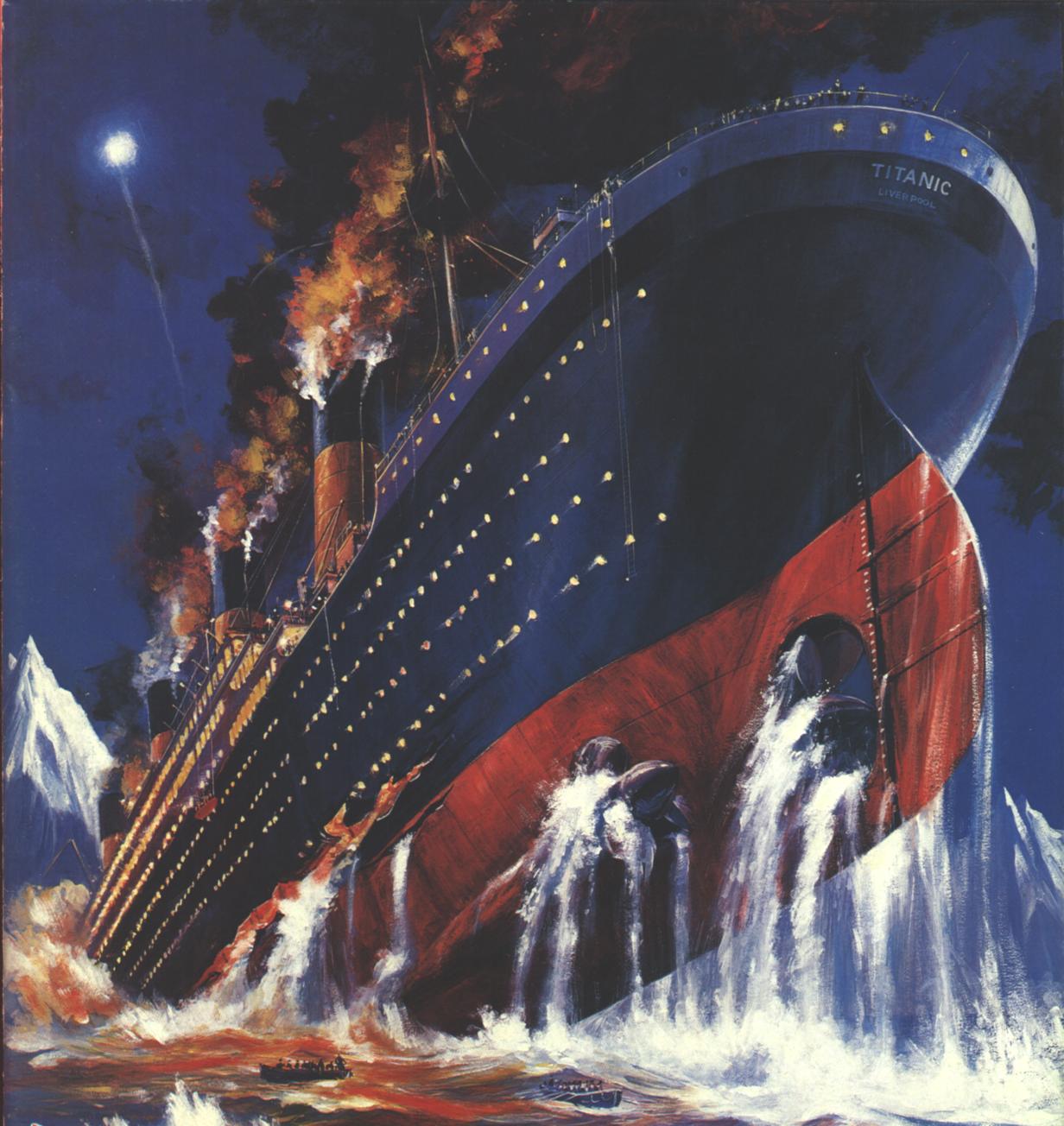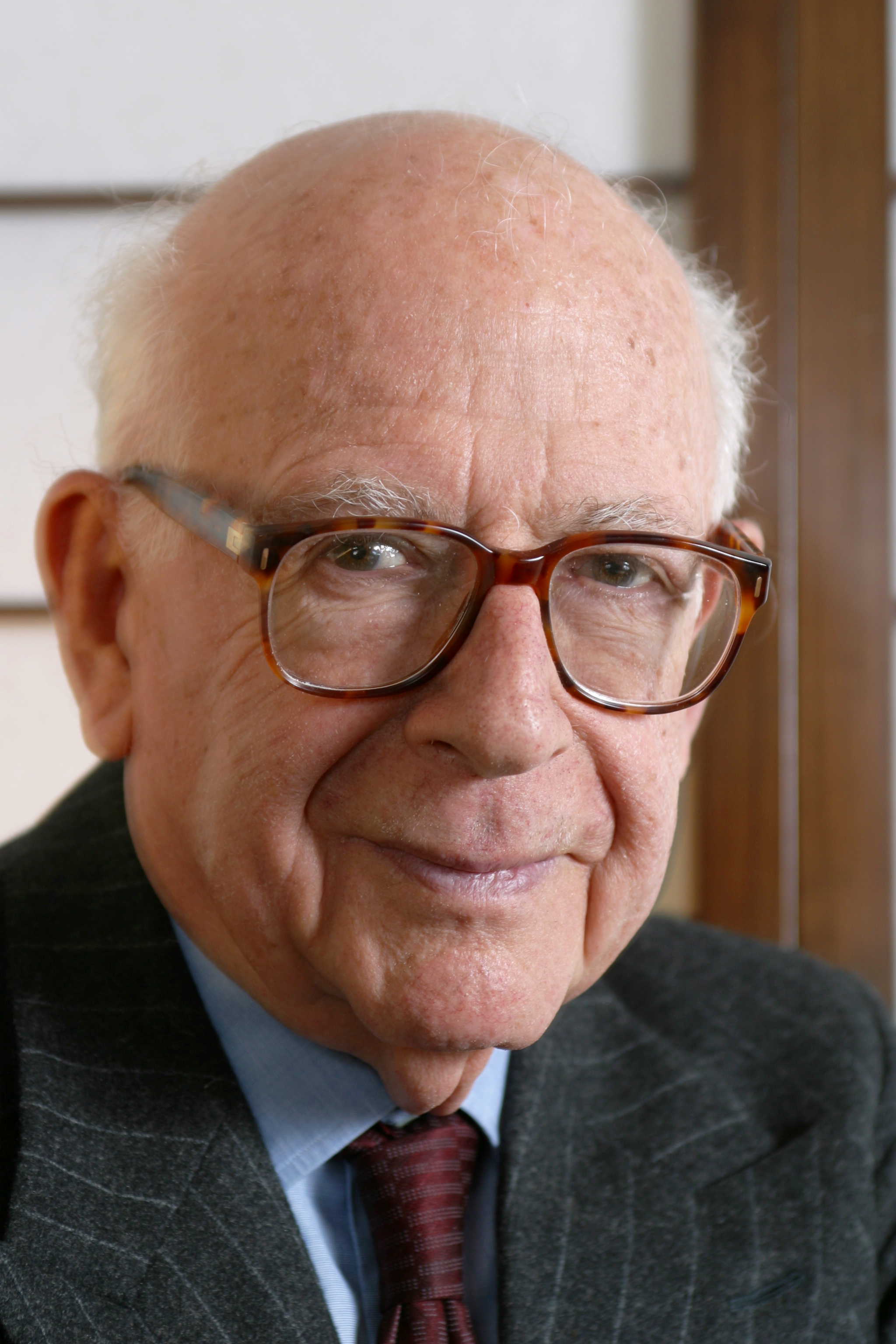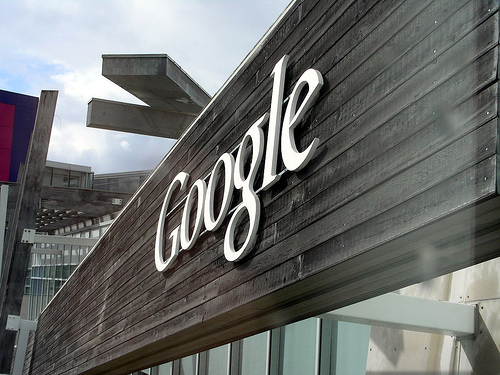
The Googleplex, home of the world’s most valuable brand. Image courtesy of Keso.
According to new research from WPP released this week, and to which adliterate was given a sneek preview, Google is now officially the most valuable brand on earth – at $66,434m ahead of GE, Microsoft and Coca Cola.
This is the second year that WPP and Millward Brown have produced a ranking of the world’s most powerful brands (using a methodology that is markedly different to other brand equity studies), however it is the first in which Google has reached the top spot.
And yet more proof, if it were needed, that while brands always win the speed at which the brandscape is being rearranged at the moment means no-one can be complacent about their position in peoples’ hearts, minds and wallets.
For the brand valuation geeks I have summarised the WPP approach but you can always cut out the middle-blog and go straight to the study here.
